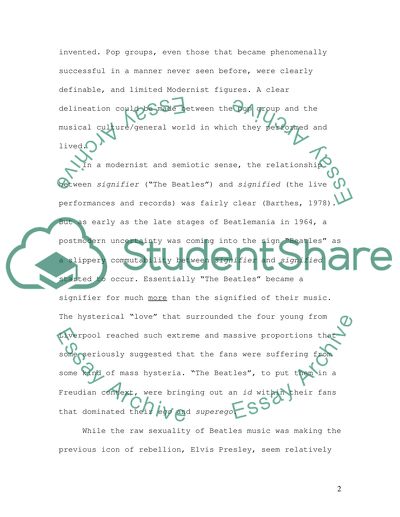Cite this document
(“The Beatles Essay Example | Topics and Well Written Essays - 2000 words”, n.d.)
Retrieved from https://studentshare.org/miscellaneous/1531066-the-beatles
Retrieved from https://studentshare.org/miscellaneous/1531066-the-beatles
(The Beatles Essay Example | Topics and Well Written Essays - 2000 Words)
https://studentshare.org/miscellaneous/1531066-the-beatles.
https://studentshare.org/miscellaneous/1531066-the-beatles.
“The Beatles Essay Example | Topics and Well Written Essays - 2000 Words”, n.d. https://studentshare.org/miscellaneous/1531066-the-beatles.


